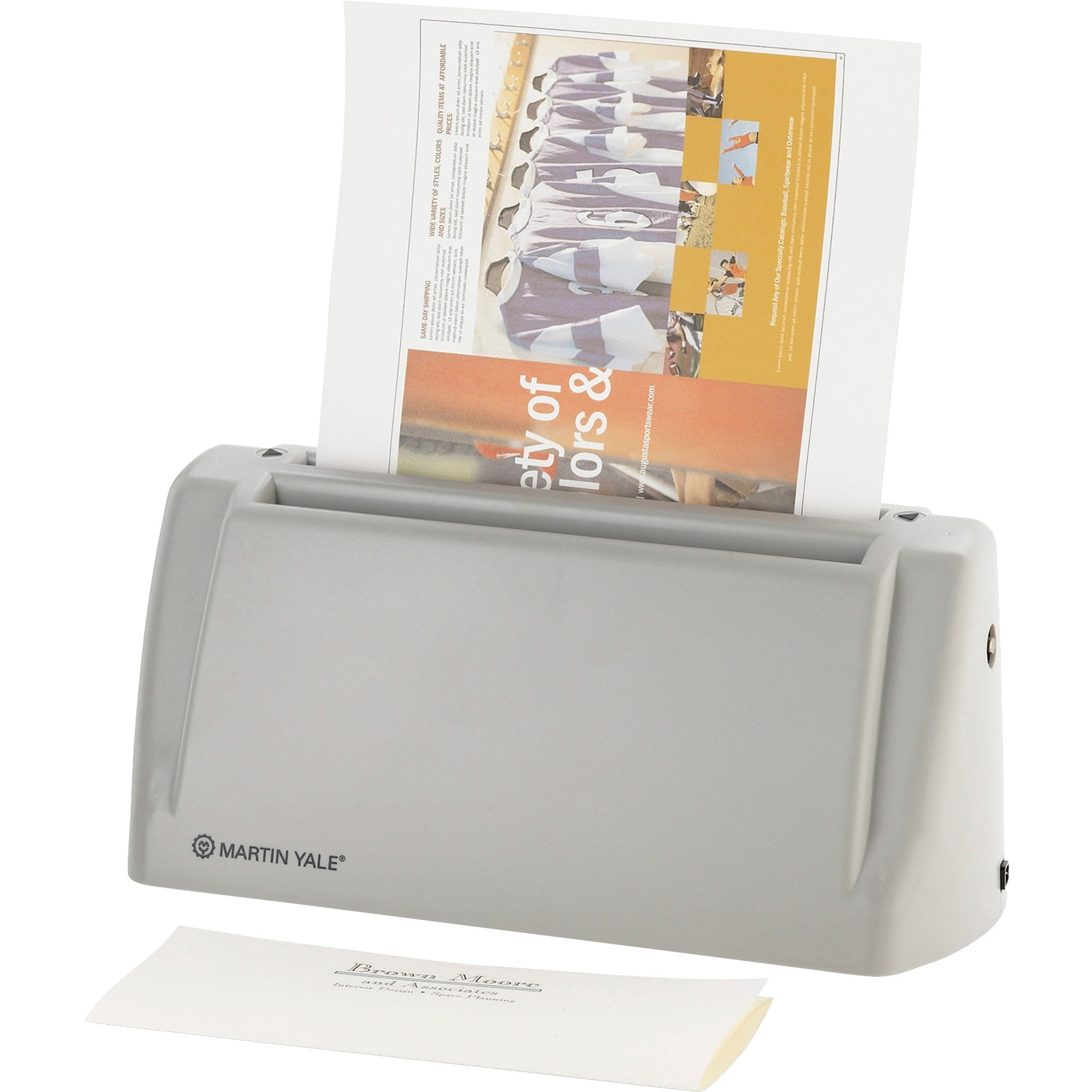
They then used computers to analyze the folds and create a readable, digital model of the unfolded letter. Broad of the New York Times, the researchers virtually opened the letters with an advanced X-ray machine that can produce three-dimensional images like those used in medical scans.
LETTER UNFOLDER ARCHIVE
Sound and Vision The Hague / Brienne Archive “It plays an integral role in the history of secrecy systems as the missing link between physical communications security techniques from the ancient world and modern digital cryptography.”ĭuring the late 17th and early 18th centuries, postal workers at the Hague held on to unclaimed letters. “Letterlocking was an everyday activity for centuries, across cultures, borders, and social classes,” says lead author Jana Dambrogio, an MIT Libraries conservator, in a statement. In some instances, a person familiar with the particular tricks used by the sender might be able to open it without tearing-but the uninitiated would be sure to rip it.Īccording to Atlas Obscura’s Abigail Cain, prominent practitioners of the secretive technique ran the gamut from Mary, Queen of Scots, to Galileo, Marie Antoinette and Niccolò Machiavelli. Depending on the technique, the recipient might need to rip the paper to open it, so the folding acted as a kind of tamper-evident seal. People used letterlocking for hundreds of years, developing a huge variety of techniques for folding, cutting and interlocking the pages on which they wrote their correspondence. “But also, what letterlocking is doing is giving us a language to talk about sorts of technologies of human communication security and secrecy and discretion and privacy.” “The letters in his trunk are so poignant, they tell such important stories about family and loss and love and religion,” study co-author Daniel Starza Smith, a literary historian at King’s College London, tells Wired.


The team published its findings in the journal Nature Communications.

But now, academic snoops equipped with 21st-century technology have foiled these letterlocking plans, using X-rays and 3-D imaging techniques to read the missives without unfolding them.Īs Matt Simon reports for Wired, the researchers virtually “opened” four letters from the Brienne Collection, a trunk filled with 2,600 notes sent from Europe to the Hague between 16. Hundreds of years ago, letter writers used complicated paper folding tricks to keep their words hidden from prying eyes.


 0 kommentar(er)
0 kommentar(er)
